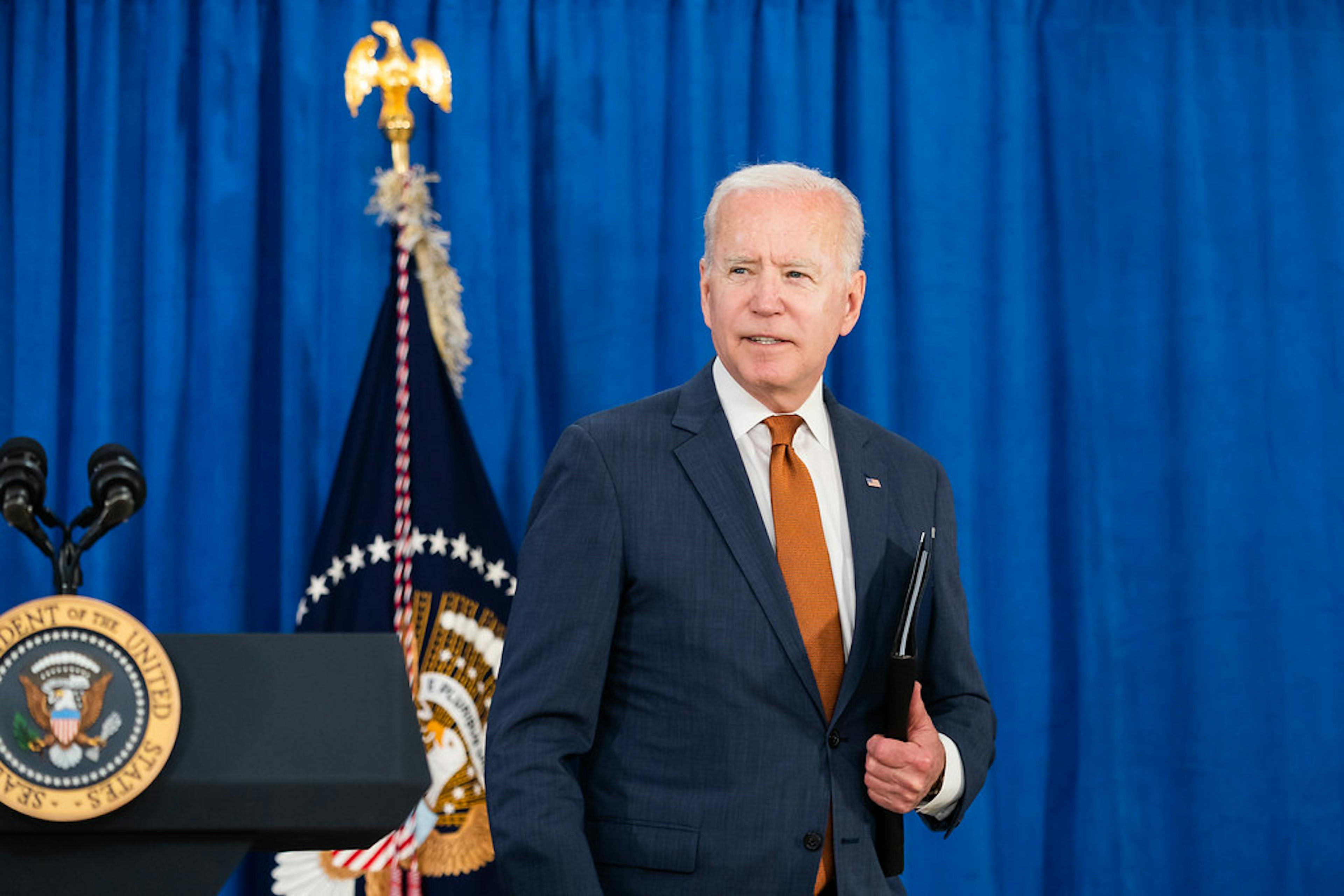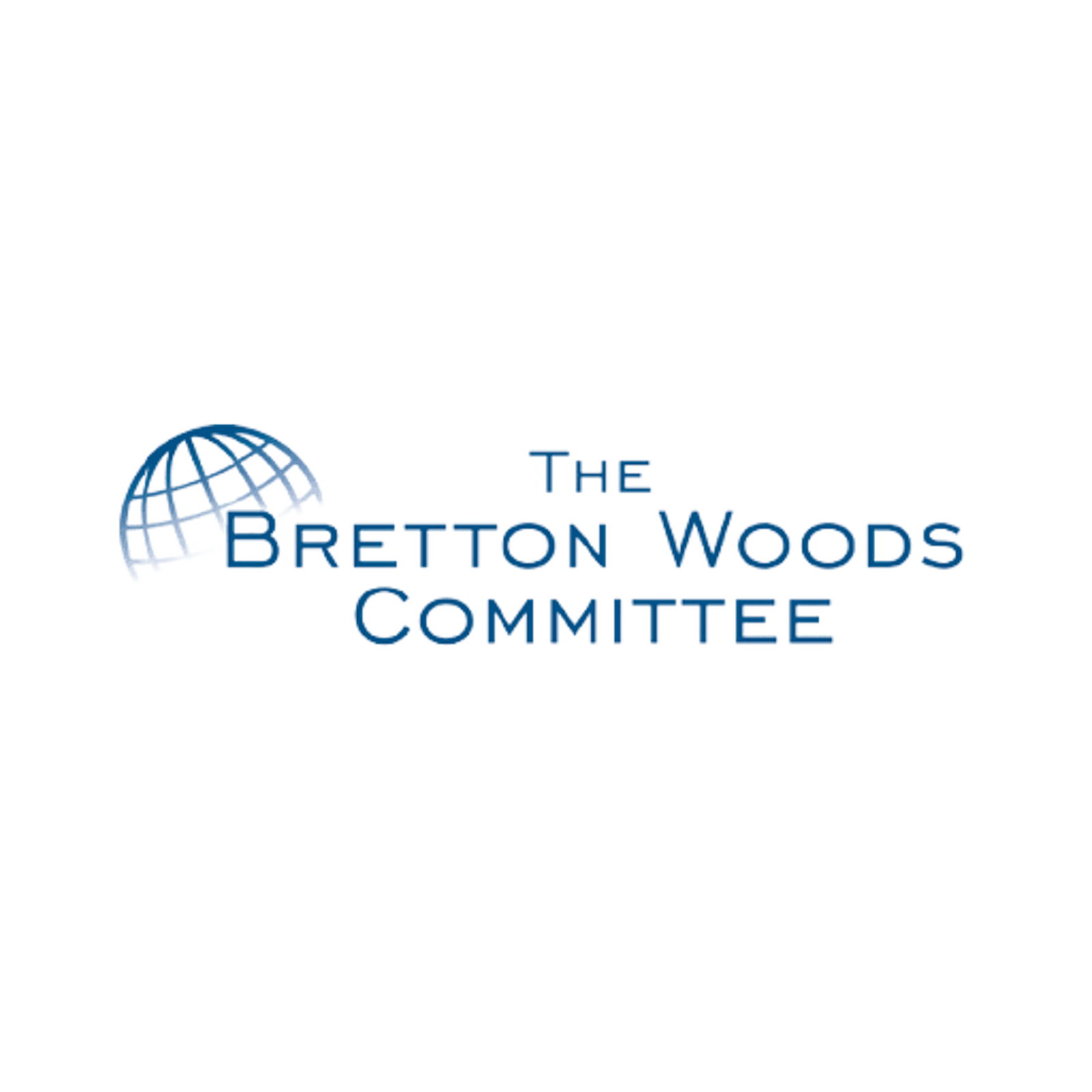Analyzing the Biden Administration's FY22 Budget Request
Amidst a historic global crisis, the Biden Administration’s first budget request reflects its commitment to U.S. global leadership and multilateralism. According to the World Bank, the coronavirus crisis, which shows no signs of abating in the developing world, threatens to push 150 million people into extreme poverty by the end of 2021 and reverse decades of developmental progress. For many developing economies, International Financial Institutions (IFIs) like the International Monetary Fund (IMF) and World Bank are a critical lifeline, providing invaluable resources and support. The Administration’s ambitious budget request constitutes a vital commitment to these institutions and their essential role in rebuilding the world economy.
The budget request includes $63.7 billion for the International Affairs Budget, an 11% increase compared to the FY21 enacted level. Of that, $3.3 billion is requested for Treasury International Programs, a $1.4 billion or 73% increase from the FY21 enacted level. Much of the requested increase in Treasury International Programs is to support the International Financial Institutions. Below, we outline what has been requested for the IFIs and related multilateral initiatives and describe how the money would be spent if appropriated.
International Monetary Fund
What has the Administration requested?
The Biden Administration requested $102 million to support the International Monetary Fund’s Poverty Reduction and Growth Trust (PRGT) or another IMF lending facility.
How would this money be used?
As much as $100 million would be used as a grant to the PRGT, the first direct contribution to the Trust in U.S. history, or another IMF facility. By offering subsidized loans to the world’s poorest countries, the PRGT has helped countries respond to the pandemic and prevent deep economic depressions.
$2 million or more would be used to cover the subsidy cost of loans of up to 15 billion (roughly $22 billion) Special Drawing Rights (SDRs) from Treasury’s Exchange Stabilization Fund to the PRGT or other IMF trust funds. The details of this loan have not yet been defined. The U.S. currently holds approximately 36.8 billion SDRs, an IMF reserve asset that can be exchanged for usable currency.
World Bank
What has the Administration requested?
The Administration has requested $1.634 billion to support the World Bank.
How would this money be used?
$1.428 billion has been requested to support the International Development Association (IDA), the World Bank’s concessional lending window for low-income countries. Consistent with FY21 enacted levels, $1.01 billion of this covers the second of three contributions the U.S. committed under IDA’s last triennial replenishment exercise. The remaining $426.6 million would eliminate U.S. arrears – unmet contribution commitments that the U.S. government has made during IDA replenishments. (U.S. arrears to IDA’s Multilateral Debt Relief Initiative would remain $1.504 billion.) Throughout the coronavirus crisis, IDA has helped the world’s 74 poorest countries access vaccines, protect the poor and vulnerable, create new jobs, and strengthen policies and institutions to enable sustainable growth.
The Biden Administration’s budget request also supports the World Bank by waiving Securities and Exchange Commission registration requirements for IDA. Registration requirements increase the cost to IDA of issuing securities in U.S. capital markets and have been waived for all other multilateral development banks. Waiving registration puts IDA on a par with other IFIs and lowers IDA’s borrowing costs, increasing the resources available to the world’s poorest countries.
$206.5 million would go to the International Bank for Reconstruction and Development (IBRD), the World Bank’s vehicle for lending to middle-income and creditworthy low-income countries. This is consistent with FY21 enacted levels and represents the third of six payments committed by the U.S. during the IBRD’s last capital increase. IBRD funding has helped countries like Colombia, Indonesia, Jordan, and Ukraine reduce poverty, achieve sustainable development, and respond to crises like the coronavirus pandemic.
Other International Financial Institutions
What has the Administration requested?
The Administration has requested $361.9 million for other International Financial Institutions, including the African Development Bank, African Development Fund, Asian Development Fund, and International Fund for Agricultural Development.
How would this money be used?
The Administration requested $54.6 million for the African Development Bank (AfDB), the second of eight payments for the AfDB’s seventh capital increase. This is consistent with FY21 enacted level. The AfDB provides loans to the public and private sectors in Africa, a majority of which have supported pandemic response initiatives.
$211 million would support the African Development Fund (ADF), the AfDB’s concessional lending window. Consistent with the FY21 enacted level, the U.S. would deliver a payment of $171 million per its commitment under the ADF’s recent replenishment. $40 million would be used to reduce arrears to the ADF. The ADF provides grants and low-cost loans to least developed countries in Africa, many of which are fragile states in need of inexpensive financing to achieve stability and sustainable growth.
$53.3 million would support the Asian Development Fund, the Asian Development Bank’s lending vehicle for low-income countries. This represents a $5.9 million increase over FY21. $43.6 million would cover current U.S. commitments and $9.7 million would reduce U.S. arrears. The Asian Development Fund provides grants to the poorest countries in Asia and the Pacific to support water, energy, financial sector development, agriculture, and health projects.
$43 million would constitute the first of three installments towards the International Fund for Agricultural Development (IFAD)replenishment. This represents a $10 million increase over FY21 enacted levels. IFAD supports rural economic development, including in conflict-afflicted and fragile environments, by boosting farmers’ agricultural productivity, incomes, and access to markets.
Other Multilateral Initiatives
Along with the International Financial Institutions, the Biden Administration’s budget request includes support for a range of other multilateral initiatives, particularly related to climate change, environmental conservation, and sovereign debt relief.
What has the Administration requested?
The Administration has requested $1.699 billion to support international climate and environment funds, including the Green Climate Fund, Clean Technology Fund, and Global Environment Facility. The Administration has also requested $67 million for bilateral debt restructuring and relief.
How would this money be used?
$1.25 billion (of which half was requested by Treasury and half by State) would be contributed to the Green Climate Fund (GCF). The U.S. has not contributed to the GCF since 2017. The GCF works through the IFIs and other channels to support initiatives to lower greenhouse gas emissions and promote climate resilience in low-income countries.
$300 million would be contributed to the Clean Technology Fund (CTF). The U.S. has not contributed to the CTF since 2017. The U.S. would provide the CTF with a $30 million grant, and the remaining $270 million would be used to subsidize a loan to the CTF's Accelerating Coal Transitions Investment Program. The CTF catalyzes private and public investment in low-income countries to cover the cost difference between clean-energy technologies and dirtier ones.
$149.3 million would be contributed to the Global Environment Facility (GEF), a $9.7 million increase over the FY21 enacted level. $12.7 million of this would be used to reduce U.S. arrears to the GEF. The GEF is one the largest global funders dedicated to environmental issues like land degradation, biodiversity, chemicals and waste, and more.
$67 million would be used to provide poor countries with debt restructuring and relief. Of that, $52 million would provide poor bilateral borrowers with debt relief consistent with two G20 initiatives, the Debt Service Suspension Initiative and the Common Framework for Debt Treatments, that were designed to ensure that all G20 members offer debtor countries comparable relief. $15 million would be used to support debt-for-nature swaps in which developing countries with outstanding debts to the U.S. redirect payments to support forest and coral reef conservation efforts.

